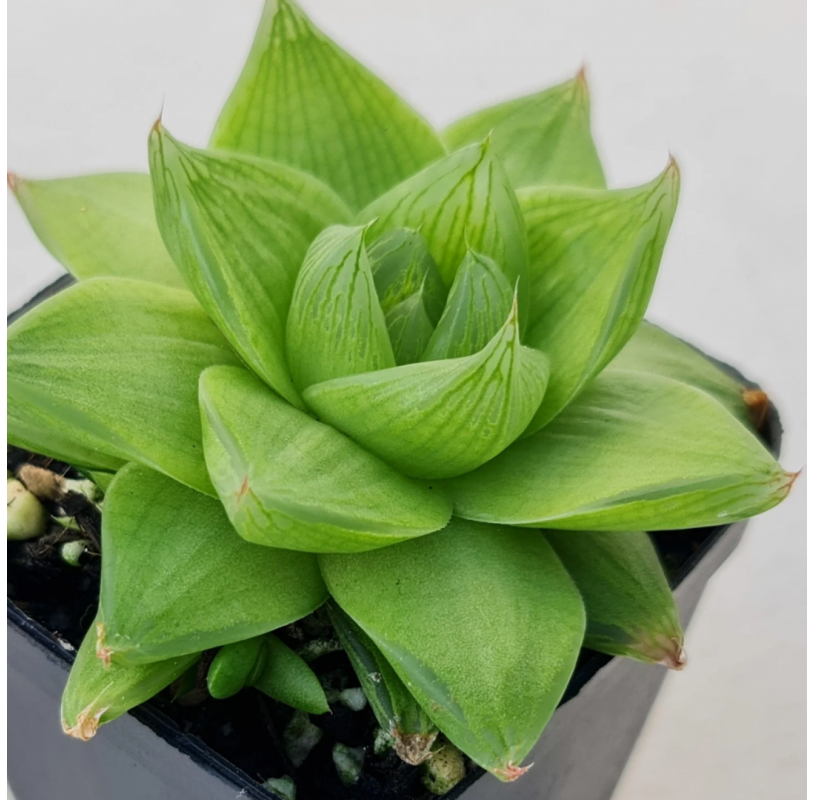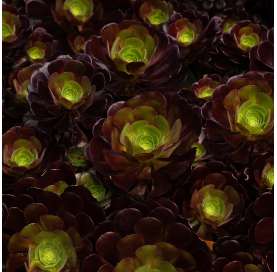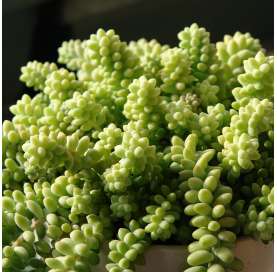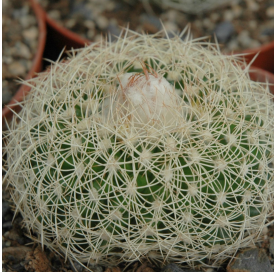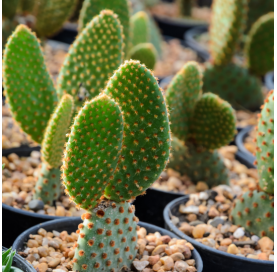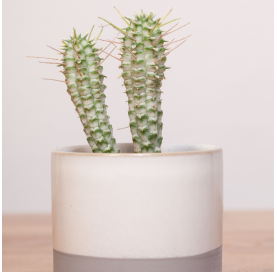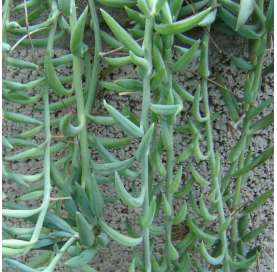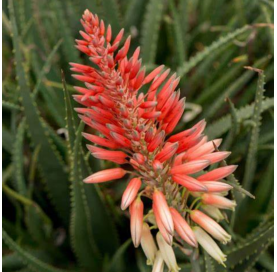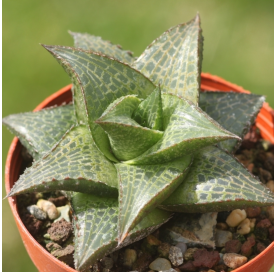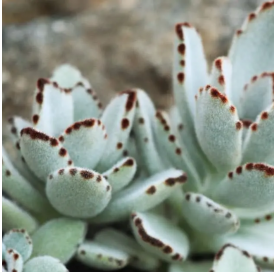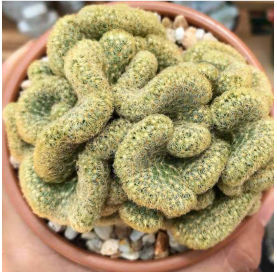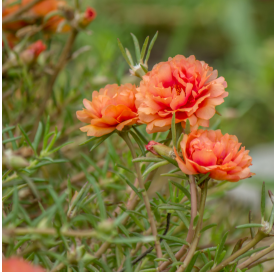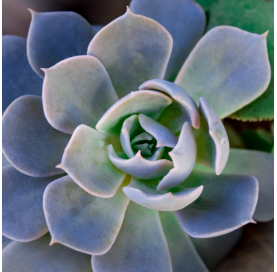Haworthia cymbiformis.
 Encrypted payments for greater security
Encrypted payments for greater security
To reduce the plant's time in transit, shipments are made from Monday to Wednesday.


Shipping only to mainland Spain and mainland Portugal
Haworthia cymbiformis is a succulent plant belonging to the Asphodelaceae family, native to South Africa, specifically to the arid and semi-arid regions of the country. It is known for its resilience, compact growth, and attractive fleshy leaves. This species of Haworthia is popular for its decorative appearance and easy care, making it a great choice for indoor spaces and low-maintenance gardens.
History and Origin:
Haworthia cymbiformis was discovered in the mid-19th century in South Africa. Its species name, cymbiformis, comes from the Greek kymbos (meaning "boat") and formis (meaning "shape"), referring to the boat-shaped or concave leaves of the plant. This plant belongs to the Haworthia genus, which was described by the British botanist Adrian Hardy Haworth.
Care for Haworthia cymbiformis:
This is a low-maintenance plant, making it ideal for people looking for an easy-to-care-for plant.
1. Location:
Haworthia cymbiformis needs a lot of light to grow healthily, but it does not tolerate direct sunlight as it can burn the leaves. The ideal spot is one with indirect light or partial shade. Indoors, a location near a bright window would be perfect.
2. Watering:
This plant is very sensitive to overwatering, which can cause root rot. It should be watered moderately, allowing the soil to dry out between waterings. During winter, the plant enters a resting phase, so watering should be reduced. It's important to avoid water sitting at the bottom of the pot, as this can lead to rot.
3. Transplanting:
The best time to transplant Haworthia cymbiformis is in spring or fall. Transplanting typically occurs when the plant has grown large enough and needs more space to expand. It can be propagated through offsets or pups, which are carefully separated and planted in new containers with well-draining soil.
4. Pruning:
This plant does not require regular pruning, but dead or damaged leaves can be removed to maintain a tidy and healthy appearance. Any leaves that decay or turn brown should be removed to prevent them from affecting the plant's health.
5. Pests and Diseases:
Although it is a hardy plant, Haworthia cymbiformis can be vulnerable to certain pests. Mealybugs are common, as they tend to hide at the base of the leaves. Snails or slugs can also appear, often feeding on the succulent leaves. It is recommended to check the plant regularly and use gentle insecticides or natural methods to control these pests.
Fun Facts:
- Haworthia cymbiformis is known for its ability to store water in its fleshy leaves, allowing it to survive during periods of drought.
- Although it is not a fast-growing plant, it can live for many years if well cared for.
- Its compact size makes it an excellent option for small gardens, patios, or even as a desk plant indoors.
In summary, Haworthia cymbiformis is a hardy and easy-to-care-for plant, perfect for those looking for a decorative, low-maintenance option. It needs plenty of light but not direct sunlight and should be watered sparingly. It is susceptible to pests like mealybugs, so regular monitoring is important.
Data sheet
- Name
- Origen
- Height
- Colour
- Flowering
- Location
- Applications
12 other products in the same category:
-
Aeonium arboreum...€5.20
-
-
Discocactus€6.00
-
Puntia microdasys€6.00
-
Euphorbia mammillaris€0.00
-
Senecio radican.€7.00
-
Aloe safari€35.90
-
Haworthia venosa€6.00
-
-
Mammillaria elongata€0.00
-
-
Echeveria desmetiana€6.00

 English
English Spanish
Spanish